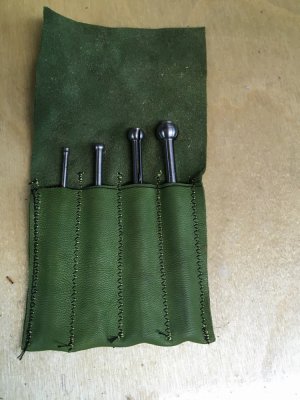DPittman
Ultra Member
Yes my machine does have the knee operated foot lift (as well as the standard lever on the machine).I liked that large treadle when I had a Brother industrial machine. Does yours have a knee presser foot lift lever as well?
That Vevor drop-in repleacement would be looking better and better to me!
You could probably sell the treadmill motor setup and the old AC clutch motor to recoup some of the cost. But what's the fun in that?
The machine did not have the original clutch drive motor setup when I got it but rather someone had replaced the motor but there was still a clutch driven pulley system but it was incomplete and very poor speed control. As you mentioned these machines were designed for a factory setting where there were skilled workers and productivity was important.
My sewing machine is a model 96k40 made in 1936. Simple really, but man alive was it ever well built! Super heavy cast iron frame. It still runs just as smooth as can be.
What the heck I going to do with a sewing machine? I'm not sure yet, I just could not pass the opportunity to tinker and maybe make something better.

